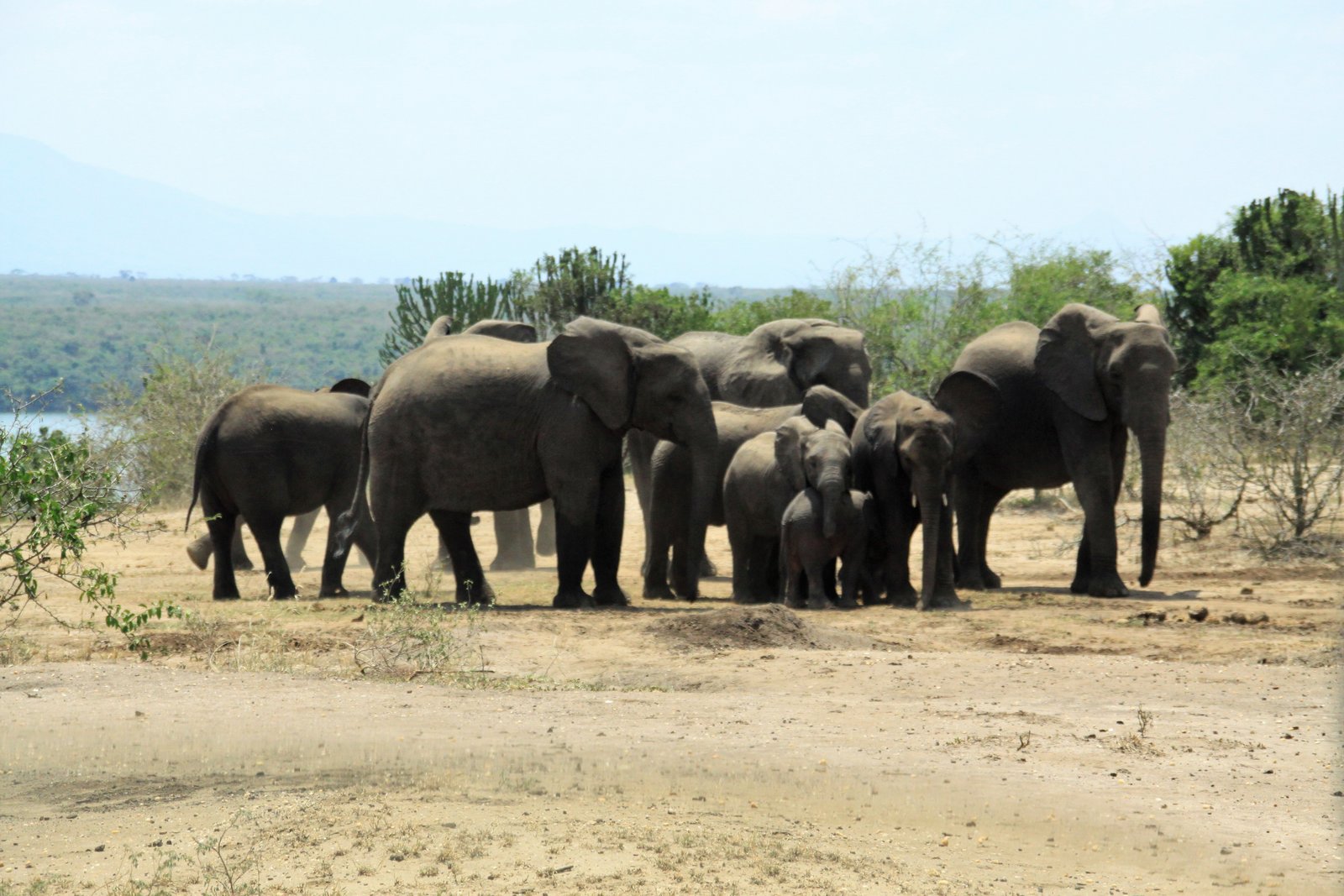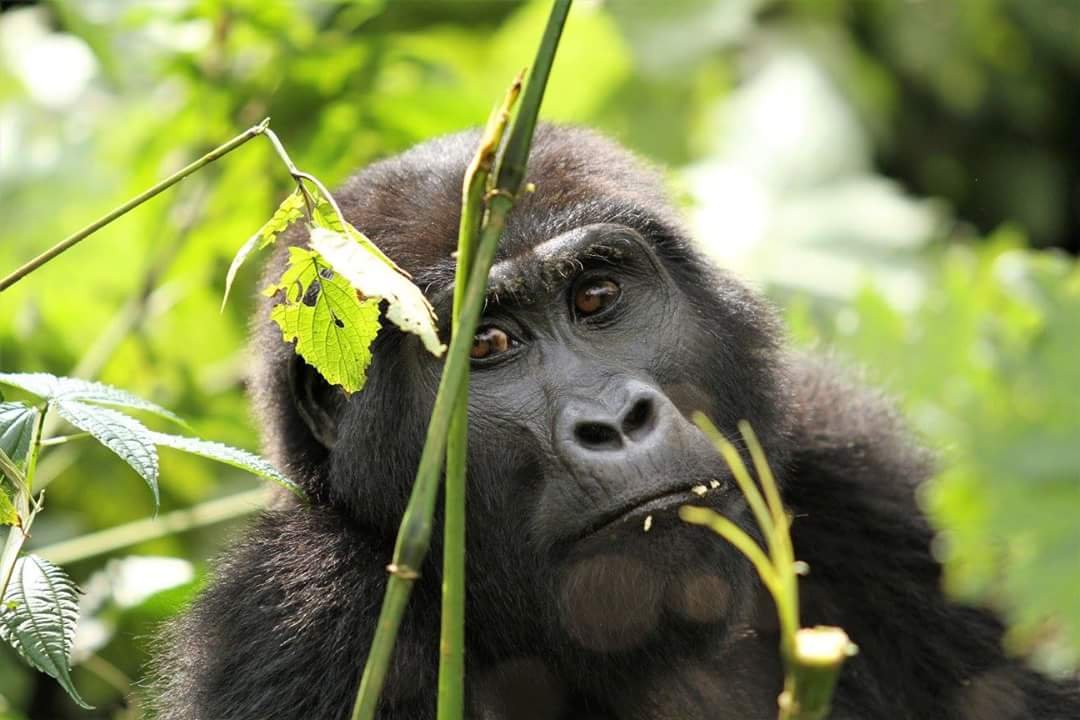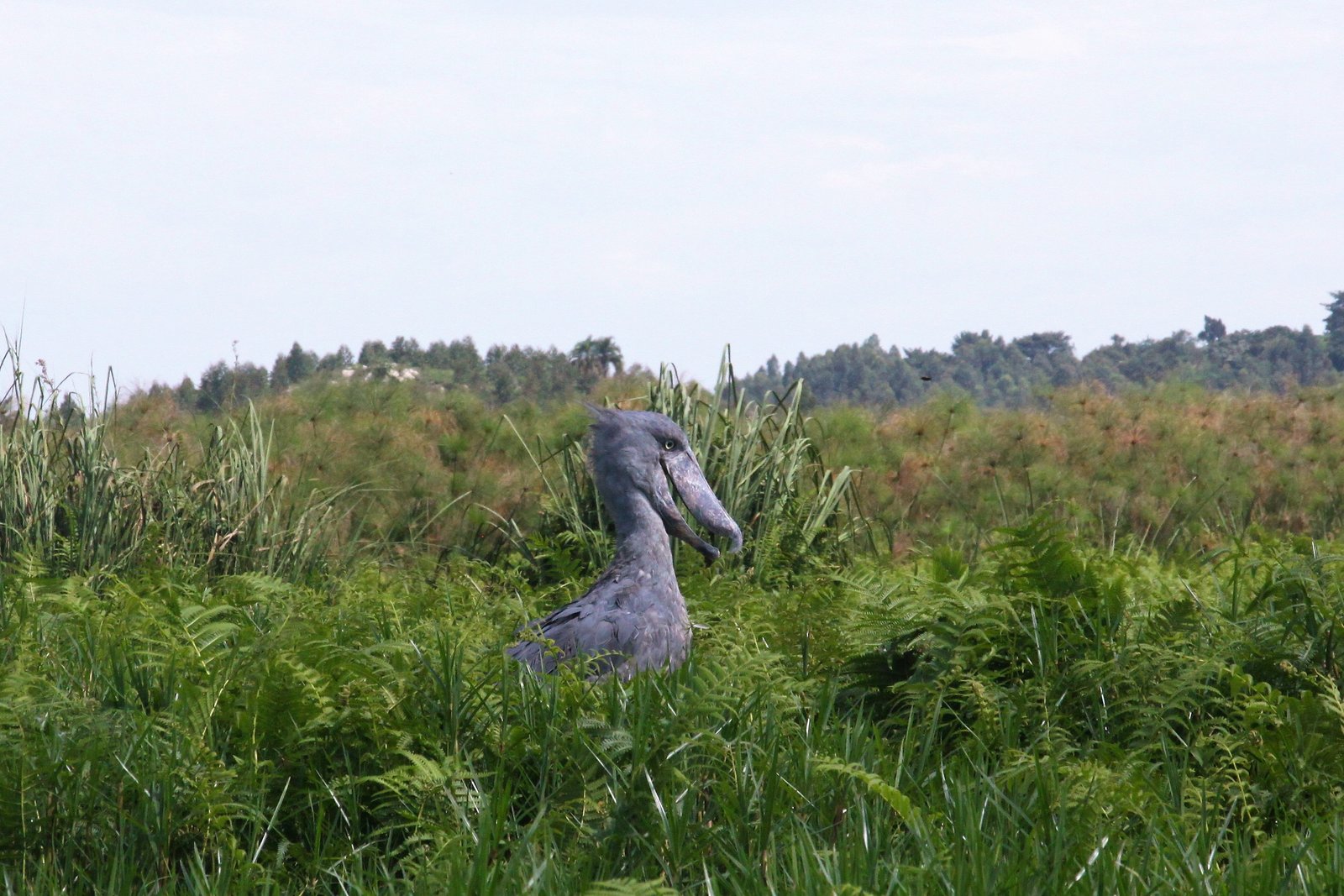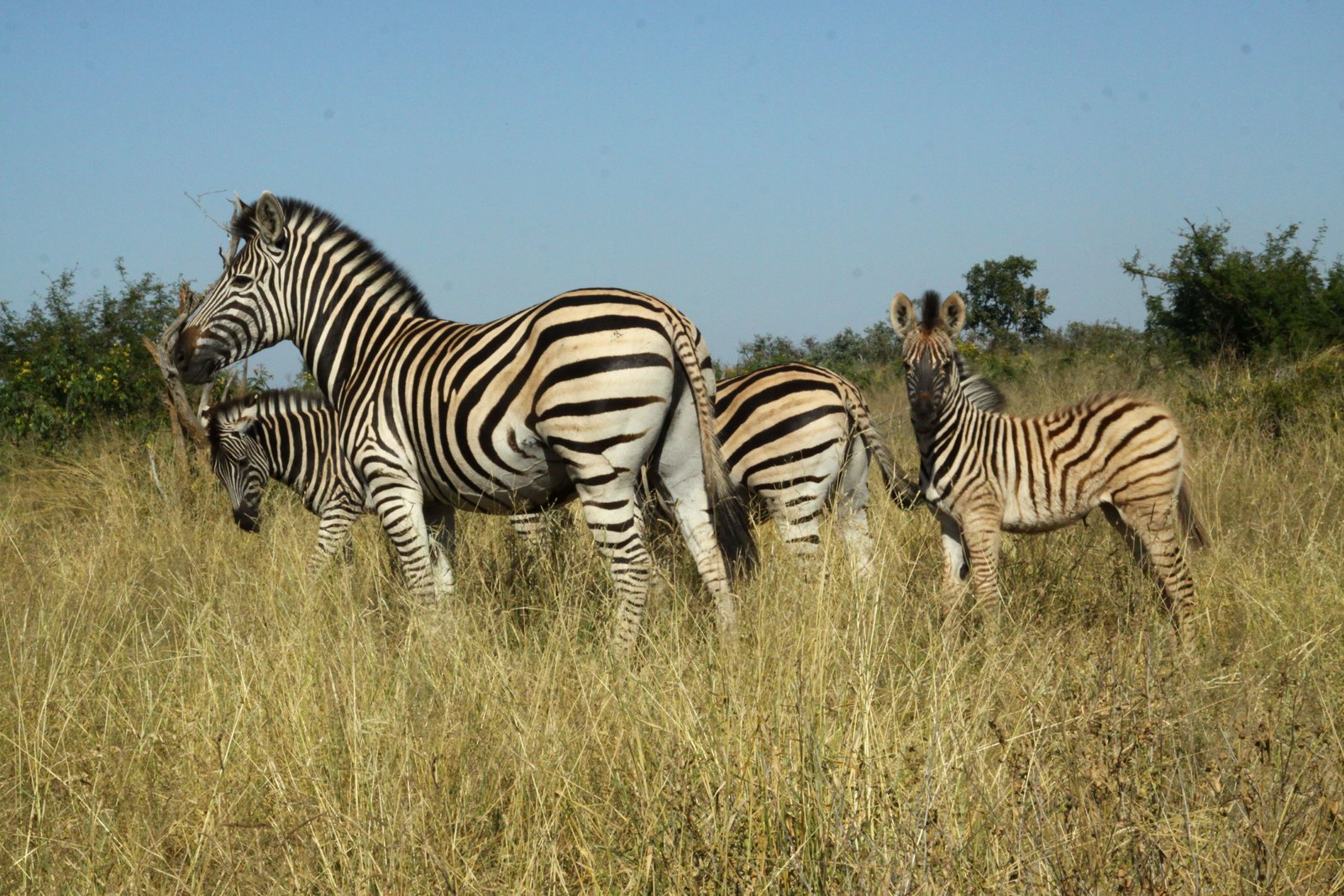May 24, 2025
Queen Elizabeth National Park

Share story.
Discover Queen Elizabeth National Park: Uganda’s Crown Jewel of Biodiversity
Nestled in the heart of western Uganda, Queen Elizabeth National Park is one of the country's most iconic and diverse protected areas. Covering an impressive 1,978 square kilometers, the park stretches from the foothills of the Rwenzori Mountains down to the shores of Lake Edward, spanning a stunning variety of landscapes that make it a haven for wildlife and nature lovers alike.
Originally established in 1952 as Kazinga National Park, it was renamed two years later in honor of Queen Elizabeth II’s historic visit to Uganda in 1954. Today, it stands as a symbol of Uganda’s commitment to conservation and ecotourism.
A Landscape of Diversity
From vast savannahs to tropical rainforests, sparkling crater lakes, and lush wetlands, Queen Elizabeth National Park supports an extraordinary range of ecosystems. This diversity provides a rich habitat for:
- Big game such as elephants, buffaloes, lions, and leopards
- Over 600 bird species, making it a birdwatcher’s paradise
- Multiple primate species, including chimpanzees, red-tailed monkeys, blue monkeys, L’Hoest’s monkeys, bush babies, and pottos
The park’s highest point is found in the Katwe Crater region, which rises to 1,350 meters above sea level and offers dramatic views of the surrounding landscape.
Wildlife Encounters on Land and Water
Game drives in the Kasenyi Plains, the most popular area for wildlife viewing, are often fruitful with sightings of lions, Uganda kob, topi, elephants, and buffaloes. Drives are best done in the early morning or late afternoon and are typically conducted in open-roof safari vehicles guided by experienced driver-guides.
For a different perspective, take a boat cruise along the Kazinga Channel, which connects Lake Edward and Lake George. This is one of the best ways to see wildlife up close—hippos wallow in the water, elephants bathe along the banks, and hundreds of water birds, including kingfishers, pelicans, and African fish eagles, fill the air with color and sound. On a lucky day, you might even spot elephants swimming across the channel.
Chimpanzee Trekking in Kyambura Gorge and Kalinzu Forest
For primate lovers, Kyambura Gorge—often called the "Valley of Apes"—offers a unique chimpanzee trekking experience. This 100-meter-deep gorge is a lush, tropical forest cut into the savannah and is home to a small community of habituated chimpanzees. The descent into the gorge reveals a world of towering trees, colorful butterflies, exotic birds, and the soothing sound of the Kyambura River. While chimp sightings are not guaranteed here as they are in Kibale National Park, the overall experience is unforgettable.
Nearby, Kalinzu Forest Reserve offers a second chimp trekking option and is home to over 400 tree species, six primate species, and around 380 bird species. This forest provides a more immersive natural experience, with guided nature walks and birdwatching opportunities. Although there is no formal accommodation within Kalinzu, camping is available for adventurous travelers.
Maramagambo Forest: A Walk into Legend
Derived from a local legend in which lost hunters were rendered speechless from exhaustion, Maramagambo Forest translates to “the forest of silence.” This dense rainforest is located near Lake Kyasanduka and Lake Nyamasingiri and offers easy walking trails due to its minimal undergrowth. A highlight here is the Bat Cave, developed with the help of the CDC, where visitors can observe thousands of bats—and sometimes the resident pythons that prey on them—from a secure viewing platform.
The Ishasha Sector: Home of the Tree-Climbing Lions
To the south of the park lies the Ishasha Sector, world-renowned for its rare tree-climbing lions. Unlike other lion populations, these lions are known to lounge in the large fig and acacia trees—particularly during the heat of the day after a big meal. Spotting one of these majestic predators draped across a tree branch is an unforgettable sight and a photographer's dream.
Cultural and Scenic Highlights
A visit to Lake Katwe offers insight into traditional salt mining practices that have been passed down for generations. Although the methods are rudimentary, the lake continues to support local livelihoods and makes for a culturally enriching stop.
The crater lake circuit is another must-see, offering panoramic views of volcanic lakes scattered across green rolling hills. These scenic spots are ideal for photography and peaceful reflection.
Why Visit Queen Elizabeth National Park?
Whether you're a wildlife enthusiast, a birder, a photographer, or simply seeking a memorable African safari experience, Queen Elizabeth National Park has something for everyone. Its rich biodiversity, scenic beauty, and unique activities make it a must-visit destination on any Uganda safari itinerary.


